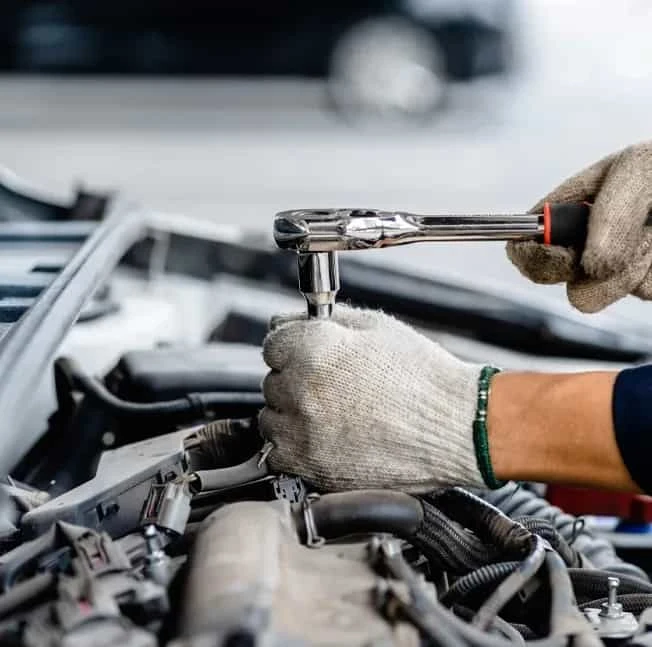Dis . 03, 2024 17:57 Back to list
hydraulic cylinder oil seal
Understanding Hydraulic Cylinder Oil Seals
Hydraulic cylinders are vital components widely used in various machinery and equipment, including construction machinery, manufacturing systems, and agricultural implements. One of the critical components of hydraulic cylinders is the oil seal, which plays a crucial role in ensuring efficient operation and longevity of the cylinder. This article delves into the functions, types, and maintenance of hydraulic cylinder oil seals, providing a comprehensive overview for anyone involved in hydraulic systems.
The Importance of Oil Seals
Oil seals, also known as rotary shaft seals or simply seals, are designed to prevent the leakage of hydraulic fluid from within the cylinder to the external environment. They also serve to prevent the ingress of contaminants, such as dirt, dust, and water, which could compromise the efficiency and longevity of the hydraulic system. A well-functioning oil seal helps maintain the hydraulic pressure, ensures smooth operation, and protects against costly repairs caused by fluid loss or component damage.
How Oil Seals Work
Oil seals consist of a flexible material that fits tightly around the moving piston within the cylinder. When the hydraulic system is in operation, the oil seal creates a barrier that retains the hydraulic fluid inside the cylinder while allowing the piston to move freely. The design of the seal is crucial; it must be durable enough to withstand high pressures while providing a tight fit that minimizes friction and wear.
Types of Hydraulic Cylinder Oil Seals
There are various types of oil seals, and each is suited for different applications. Some of the most commonly used types include
1. U-cup Seals These are popular due to their simple design and effective sealing properties, making them suitable for a wide range of hydraulic applications.
2. O-rings These circular seals are versatile and often used in conjunction with other sealing devices to provide additional leakage protection.
hydraulic cylinder oil seal

3. Lip Seals These feature a flexible lip that contacts the surface of the piston, providing an effective seal against fluid loss.
4. Quad Seals Comprising four lobes, these seals provide excellent sealing capabilities, especially in applications with heavy-duty requirements.
5. Backup Rings While not seals themselves, backup rings are often used in combination with rubber seals to prevent extrusion in high-pressure situations.
Material Considerations
The choice of material for hydraulic cylinder oil seals is significant for their performance. Common materials include rubber compounds such as Nitrile, Viton, and PTFE. Each material has its unique properties, such as resistance to temperature, chemical exposure, and wear, influencing the seal's performance in different environments. For example, Viton seals are preferred for high-temperature applications thanks to their excellent thermal stability, while Nitrile seals are commonly used due to their good abrasion resistance and cost-effectiveness.
Maintenance and Replacement
Regular maintenance of hydraulic systems, including the oil seals, is crucial to ensure optimal performance. Signs of a failing oil seal include visible leakage, reduced hydraulic pressure, and increased noise during operation. When replacing oil seals, it is vital to ensure the cylinders are drained and cleaned to prevent any contamination from entering the system. Moreover, selecting the correct replacement seals is essential to maintain the integrity and efficiency of the hydraulic system.
Conclusion
Hydraulic cylinder oil seals are indispensable components that ensure the effective and safe operation of hydraulic systems. Understanding their functions, types, and proper maintenance can significantly enhance the performance and longevity of machinery. As technology evolves, so too will the design and materials used in oil seals, aiming to meet the growing demands of modern hydraulic applications. Whether you are a seasoned professional or new to hydraulic systems, a thorough understanding of oil seals is crucial for successful operational efficiency.
-
Unlocking the Potential of Hydraulic Systems with Essential Sealing Solutions
NewsAug.06,2025
-
Unleash the Power of Your Hydraulic Systems with Our Premium Seal Kits
NewsAug.06,2025
-
Specialized Hydraulic Seal Kits for Breakers, Pistons, and Presses
NewsAug.06,2025
-
Revitalize Hydraulic Systems with Premium Repair and Seal Kits
NewsAug.06,2025
-
Fortify Your Cylinders with Premium Sealing Solutions
NewsAug.06,2025
-
Elevate Hydraulic System Reliability with Specialized Seal Kits
NewsAug.06,2025
-
TCN Oil Seal Metal Ring Reinforcement for Heavy Machinery
NewsJul.25,2025
Products categories
















